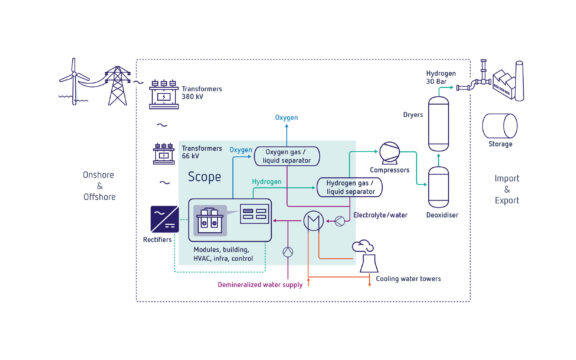
Enabling Safe Green Hydrogen Production – Needs for Standardisation
This report aims to map the needs relevant to safety standardisation during the multiple project phases of the design and operation of green hydrogen production facilities and the related permitting...
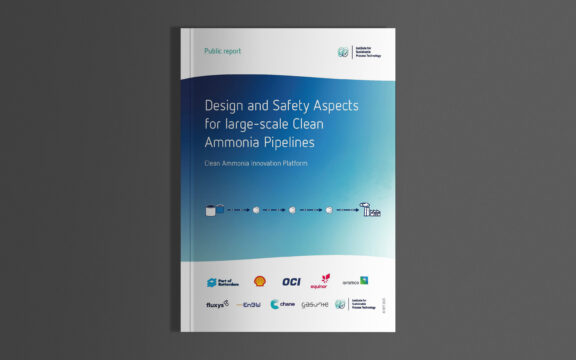
Design and Safety Aspects for large-scale Clean Ammonia Pipelines
This report explores the design, technical, and safety considerations of a 550 km ammonia pipeline.
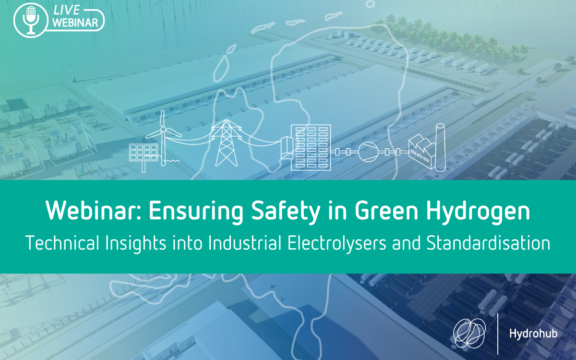
Webinar: Ensuring Safety in Green Hydrogen
This webinar features insights from the H2-Safety2 project, in which key industry players are collaborating to develop safety guidelines that ensure safe design, operation, and maintenance of electrolysis systems.
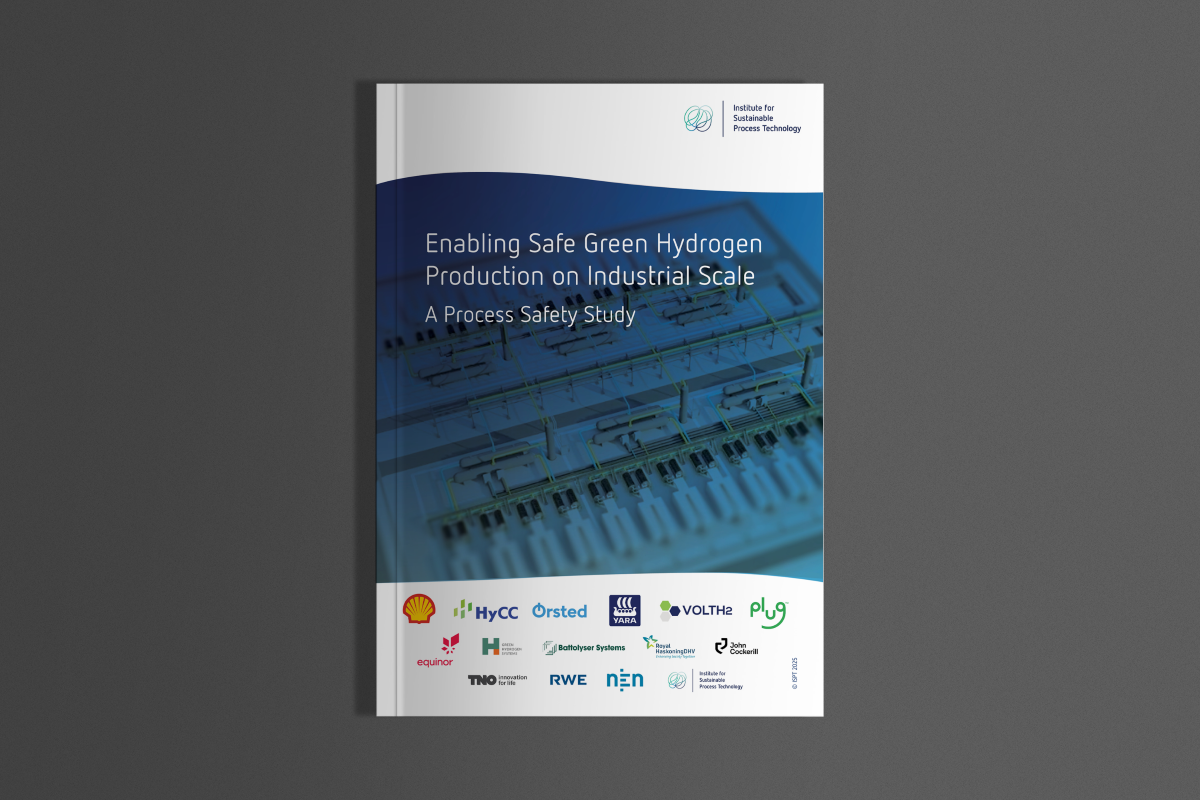
Enabling Safe Green Hydrogen Production on Industrial Scale – A Process Safety Study
This report dives deeper into the technical safety risks, scenarios and design implications for electrolysis using Alkaline Water Electrolysis (AWE) and Proton Exchange Membrane (PEM) technologies.

A multi-scale analysis on electrohydrodynamic drying technology forbio-based & food products
Background Electrohydrodynamic (EHD) drying relies on the generation of a corona wind that is created with ahigh electric potential between an emitter and a ground electrode. The impinging corona wind...

Anomalous enhanced swelling of charged copolymer gels
Highlights Abstract Copolymer gels are a class of hydrogels that possess at least two different monomers within the same polymer chain. A common method for synthesizing copolymer gels is the...
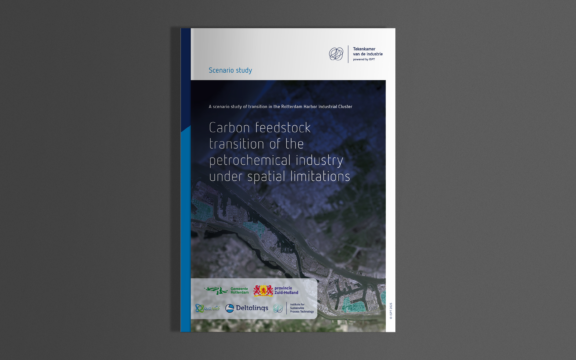
Carbon feedstock transition of the petrochemical industry under spatial limitations
This report provides an analysis of the transition pathways for the Harbour Industrial Cluster (HIC) in Rotterdam, accounting for the effect of limited space and exploring the effect of global...
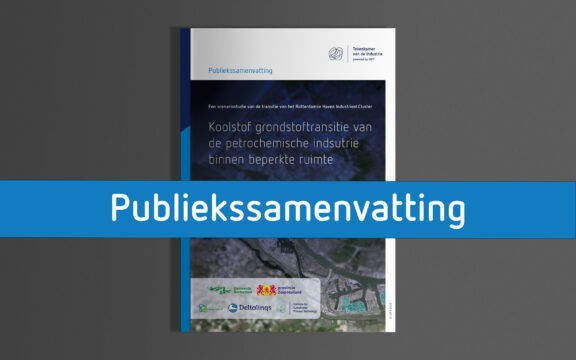
Publiekssamenvatting – Koolstof grondstoftransitie van de petrochemische industrie binnen beperkte ruimte
Download hier de publiekssamenvatting van 'Een scenariostudie van de transitie van het Rotterdamse Haven Industrieel Cluster'
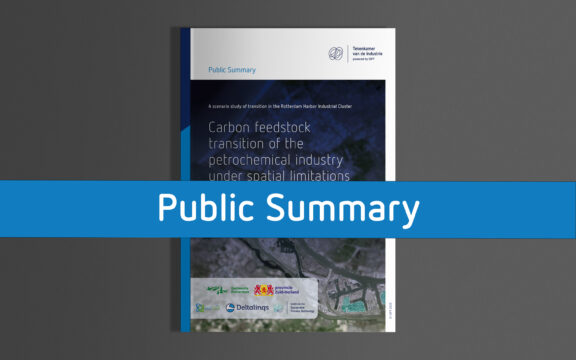
Public Summary – Carbon feedstock transition of the petrochemical industry under spatial limitations
Download the Public Summary of the scenario study.
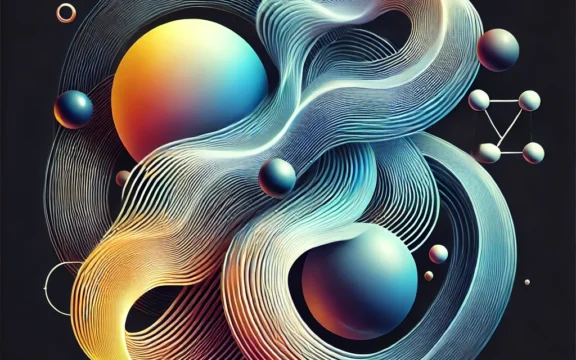
Pyrolysis of Dutch mixed plastic waste: Lifecycle GHG emissions and carbon recovery efficiency assessment
This study explored the potential of pyrolysis as a novel approach to managing plastic waste and achieving plastic circularity in the Netherlands.
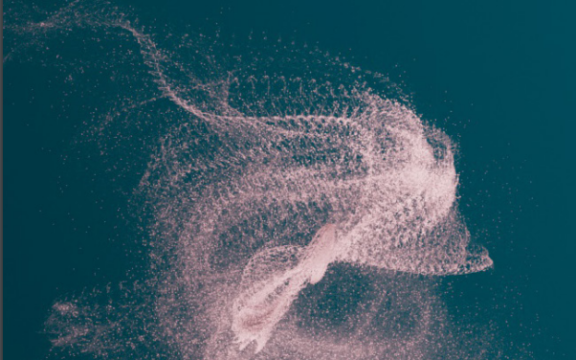
From mist to matter: Steering particle structure development during pilot-scale spray drying
Spray drying is a widely applied method for producing shelf-life stable powders such as food ingredients. During drying, a liquid feed is atomized into small droplets and exposed to hot...

Pyrolysis of Polyolefin-Enriched Mixed Plastic Waste Streams: Effects of Pretreatments and Presence of Hydrogen during Pyrolysis
Pyrolysis is considered a promising method for the chemical recycling of mixed plastic waste streams, yet systematic experimental evaluations of these mixed streams remain limited. Herein, the pyrolysis of a...

Pyrolysis of polyethylene: chemical kinetics, mass transfer, and reflux system
This paper focusses on the interplay between reaction kinetics and mass transfer rates in pyrolysis of polyethylene (PE), and the effect of adding a reflux system to the semibatch reactor...
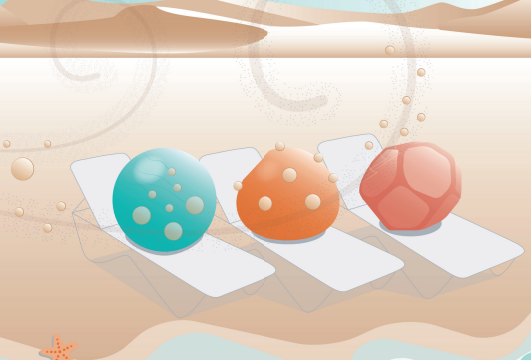
Single droplet drying to steer particle agglomeration during spray drying
Large scale food processes allow mass-production of well-preservable food materials, such as powders produced by spray drying. However, the food industry is consuming a lot of energy, and drying is...

Losses and emissions in polypropylene recycling from household packaging waste
In this study the LEMPLAR consortium replicated a typical high-quality post-consumer polypropylene (PP) recycling process to investigate its losses and emissions and study potential improvements.
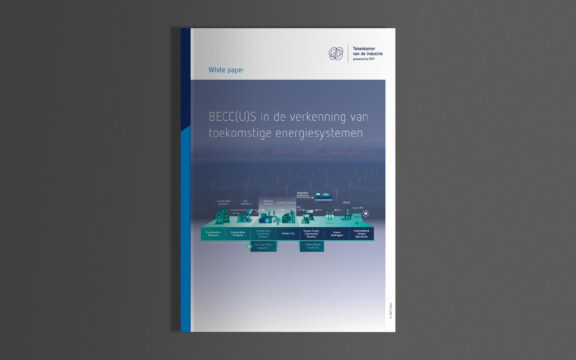
White paper: BECC(U)S in de verkenning van toekomstige energiesystemen
In dit white paper lees je waarom De Tekenkamer van de Industrie stelt dat BECC(U)S als relevante optie voor CO₂-vrij regelbaar opwekvermogen niet bij voorbaat mag worden uitgesloten.
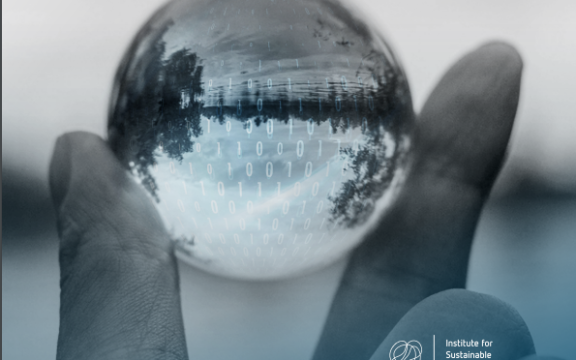
How Explainable AI can accelerate the digital transformation of the industry
This white paper explores how XAI can revolutionise data collection, analytics, and visualisation, making AI more accessible and trustworthy.

HyScaling – Public end report
The specific objective of HyScaling was to achieve 25-30% cost reduction for levelized cost of hydrogen compared to the state-of-the-art at the beginning of the project by bringing the HyScaling...
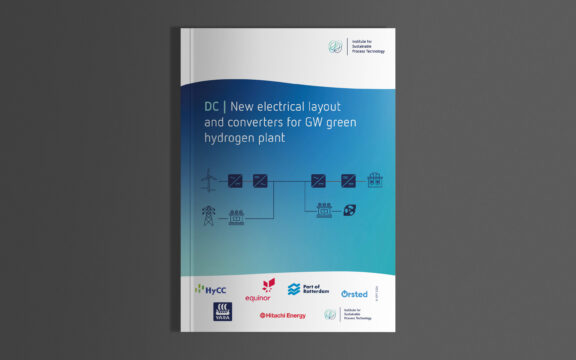
New electrical layout and converters for GW green hydrogen plant
The Institute for Sustainable Process Technology (ISPT), in cooperation with Hitachi Energy and consortium partners Equinor, HyCC, Ørsted, Port of Rotterdam, and Yara, has completed a feasibility study to explore...
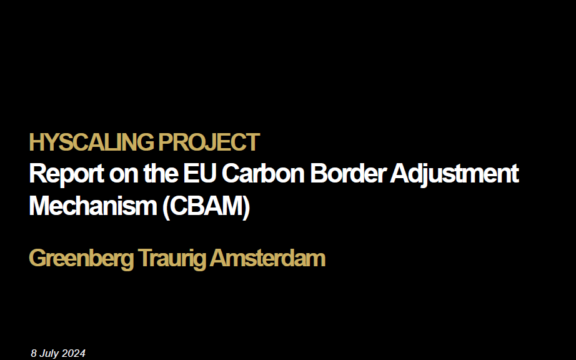
Report on the EU Carbon Border Adjustment Mechanism (CBAM)
This Greenberg Traurig, LLP (“GT") Report sets out some possible implications of CBAM for the HyScaling Project.
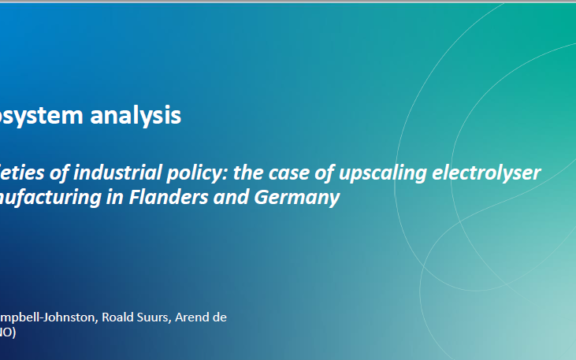
Varieties of industrial policy: the case of upscaling electrolyser manufacturing in Flanders and Germany
This study examined the strategies and approaches to upscale electrolyser production in Flanders and Germany, and the lessons the Netherlands can draw from them.

The public perception of green hydrogen in the Netherlands
This report dives into the Dutch public’s perception of green hydrogen, offering key findings and actionable recommendations for stakeholders and practitioners.
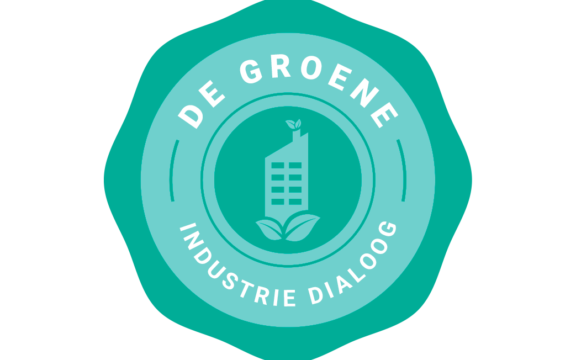
De Groene Industrie Dialoog
Jonge denkers en ervaren experts gingen met elkaar in gesprek over de energietransitie en circulaire materialentransitie. Hoe kunnen wij ons welvaartsniveau behouden zonder daarbij de planetaire grenzen te overschrijden? In...

Pyrolysis of Real Packaging Plastic Waste Streams in a Fluidized-Bed Pilot Plant
Pyrolysis of different packaging plastics waste streams (DKR350) and films/foils (DKR310) was conducted at the pilot scale in a fluidized-bed reactor at 500 °C and 5 kg h−1 with the...